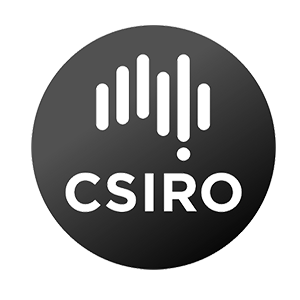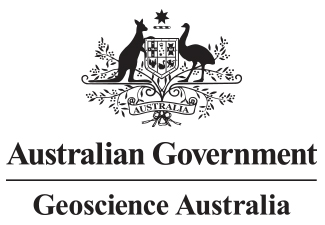Search this list for data or ideas:
Datasets & Portals:
- Sentinel HotSpot Data - Sentinel Hotspots provides an important and consistent overview for management of fires across the country. The system was developed in the mid-2000 through a collaborative effort between Geoscience Australia, Australian Geospatial-Intelligence Organisation and CSIRO Land and Water. The system monitors hotspots nationally and provides timely hotspots information to its end-users. Sentinel has been a valuable input into the tools used by government and private agencies managing fires in Australia.
- Landsat 5 and 7 Imagery - The Landsat satellites have provided imagery over Australia since the early 1970s. This provides an archive of data that is useful for understanding changes in the environment, agriculture, water resources and many other fields of interest. The datasets acquired by Landsat 5 (1987 – 2011) and Landsat 7 (1999 – present) have been standardised to a systematic level to enable consistent analyses of the land surface both spatially and temporally.
- CSIRO Science Image - CSIRO Science Image provides a curated set of over 4000 photographs from the CSIRO archives, covering the full breadth of Australian science. These images are free to download and use under a Creative Commons License (as they have been on this site!).
- Geoscience Australia Data and Publications - Geoscience Australia has an extensive catalogue of data, publications, online tools, maps and videos. These cover topics from astronomy, earth observation and satellite imagery, energy, geographic information, hazards, marine and costal, minerals, positioning and navigation and water.
- CSIRO Data Access Portal - The CSIRO Data Access Portal provides access to data published by CSIRO across a range of disciplines. It gives access to CC-BY and CSIRO Data License datasets with a diverse range of subjects including pulsars to viruses, ontologies to genomics, seabed sediments to solar radiation
- Water Observations from Space - Water Observations from Space (WOfS) is a 25-m resolution gridded dataset indicating areas where surface water has been observed over time from 1987 to 2014, calculated using GA satellite data. Each satellite image pixel is an observation; successful observations are those in which the Earth’s surface is clearly seen (unobscured by clouds for example) and quality checks are passed. Water is detected from these observations using an automated flood mapping algorithm created by Geoscience Australia.
- Atlas of Living Australia - The Atlas of Living Australia (ALA) is a collaborative, national project that aggregates biodiversity data from multiple sources and makes it available and usable online.
- AODN Ocean Data Portal - The AODN Ocean Data Portal is the primary access point for search, discovery, access and download of data collected by the Australian marine community.
- Terrestrial Ecosystem Research Network - The Terrestrial Ecosystem Research Network (TERN) connects ecosystem scientists and enables them to collect, contribute, store, share and integrate data across disciplines. Collectively this increases the capacity of the Australian ecosystem science community to advance science and contribute to effective management and sustainable use of our ecosystems.
- Landcare Research - Landcare Research’s core purpose is to drive innovation in the management of terrestrial biodiversity and land resources. The conduct science across land resources, defining land biota, managing biodiversity, invasive weeds and pests, measuring biodiversity change and supporting trade. The Landcare data page has a bunch of links to New Zealand-based datasets relating to land and ecological resources.
- GNS Science data - GNS Science, Te Pü Ao, is New Zealand’s leading provider of Earth, geoscience and isotope research and consultancy services. Their purpose is to understand natural Earth system processes and resources, and to translate these into economic, environmental and social benefits.
- National Instutite of Water and Atmospheric Research - NIWA, Taihoro Nukurangi, is NZ’s Crown Research Institute covering water and atmospheric research, conducting research in aquaculture, atmosphere, climate, coasts and oceans, fisheries, natural hazards. They also run NZ’s active oceanographic research vessels.
- AuScope Portal - The AuScope portal contains a variety of Australia-wide geospatial and geoscientific datasets from the CSIRO, Geoscience Australia, the state Geological Surveys and several Australian universities.
Ideas:
- Human impacts on Australian Biodiversity - How does the human world impact Australia’s natural biodiversity? Do our protected areas actually protect our threatened species? How can we visualize this? A State of the Environment Dynamic Dashboard could mash up human impace data (eg Australian Bureau of Statistics population data, SLIP roads and buildings) and vulnerable species data from the Atlas of Living Australia. (Here’s an example that suggests American protcted areas aren’t located where they’re needed).
- Getting to know scientific data - A lot of the science datasets can feel a bit intimidating because they sometimes require a lot of specialist knowledge to interpret, and it can be difficult to know how to interrogate them correctly.
- An interactive geological map in Minecraft for Raspberry Pi - Produce a map generator which uses geological data from Geoscience Australia’s Geological Maps and topography webservices to generate playable Minecraft maps with real geology.



